Mines and gold mining on the Iberian peninsula
Spain and Portugal are lands of mines during the Roman period: gold in the northwest, copper and silver in the southwest, silver in the southeast. Quite a panoply of hydraulic machines are used to evacuate water from deep galleries in the peninsula’s Roman mines: Archimedes screws, Ctesibios pumps, water wheels. Water is also used to wash sediments so that heavy metals, like gold and silver, can be settled out and recovered. This is the classic technique of gold miners working on rivers, a technique that has come down to us from Antiquity. After having visited silver extraction installations in the region of Cartagena (Carthago Nova), Strabo writes:
“[…] as for the silver ore collected, […] it is broken up, and sifted through sieves over water; that what remains is to be again broken, an...
read more





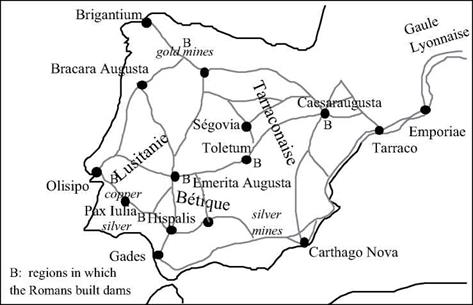
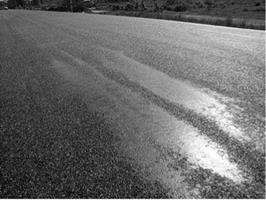

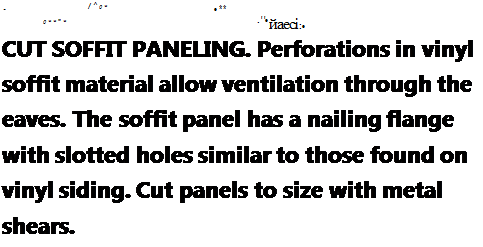
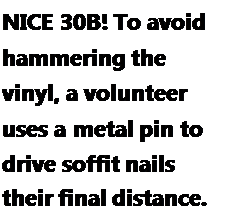
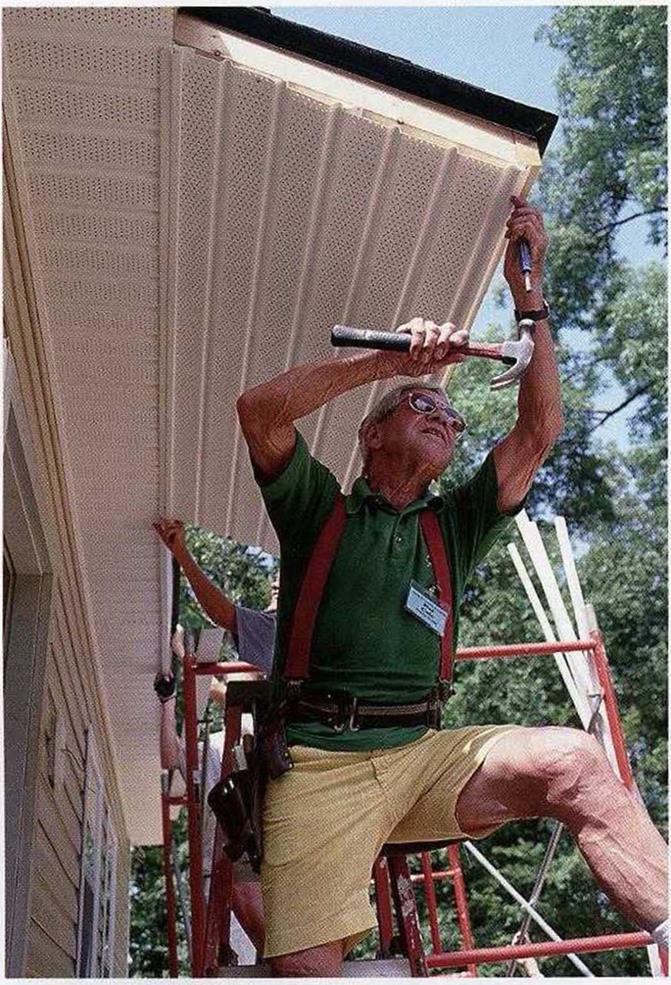 Vinyl soffit material has small holes to allow air to enter freely. Before attaching this material along eave walls, make sure that all the baffles between rafters are in place to keep insulation out of the eaves and allow airflow into the attic. On this house, we cut the vinyl soffit sections into short lengths that overlap each other and ran them perpendicular to the siding. Insert the ends of each soffit panel into vinyl J-channel trim nailed to the wall and nail the other end to the bottom edge of the gutter board (see the illustration on p. 169).
Vinyl soffit material has small holes to allow air to enter freely. Before attaching this material along eave walls, make sure that all the baffles between rafters are in place to keep insulation out of the eaves and allow airflow into the attic. On this house, we cut the vinyl soffit sections into short lengths that overlap each other and ran them perpendicular to the siding. Insert the ends of each soffit panel into vinyl J-channel trim nailed to the wall and nail the other end to the bottom edge of the gutter board (see the illustration on p. 169).